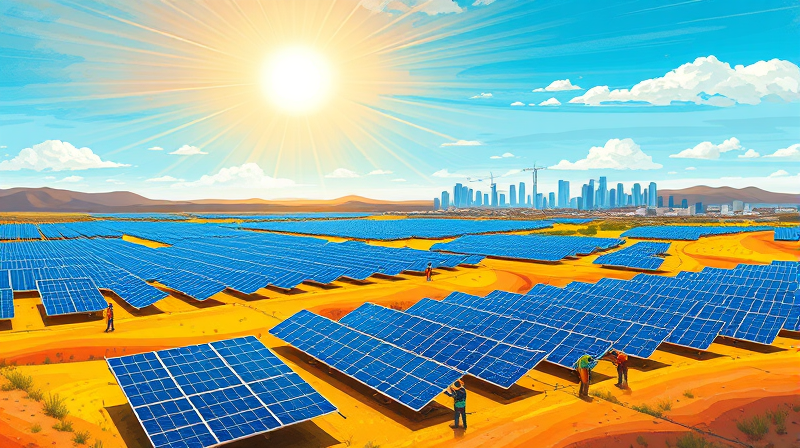
In recent years, the solar energy sector has experienced an unprecedented surge, leaving industry analysts scrambling to update their models. What once seemed like optimistic projections have been eclipsed by actual performance, as sustained expansion across multiple sectors accelerates the shift toward clean power. From global market dynamics to localized breakthroughs, solar energy is traversing new frontiers—here’s an in-depth look at the regions, trends, and innovations leading this transformation.
The worldwide solar market reached an impressive $189.5 billion in 2022 and is projected to swell to $607.8 billion by 2030, reflecting a compound annual growth rate of roughly 20%. Capacity additions followed suit, with nearly 22% growth in 2020 and estimates pointing to almost 863 GW online in the coming years. By mid-century, solar could supply up to 50% of global electricity generation—a dramatic leap from its current share of just over 3%.
Behind these figures lies a massive scaling of manufacturing. In 2022 alone, 1.5 billion solar panels rolled off production lines worldwide, a 57% year-over-year increase. Leading module producers shipped 226 GW in the first half of 2024, while investments in photovoltaic projects accounted for 45% of all global power generation spending—approximately $320 billion in one year.
The U.S. solar sector mirrored global momentum, installing 37 GW in 2024—nearly double 2023’s additions—and capturing 69% of all new electricity-generating capacity in Q1 2025 with 10.8 GW. Although installations dipped 7% year-over-year in Q1, the figure remains historically robust, bolstered by record deployment and manufacturing investments enabled by the Inflation Reduction Act.
Residential and utility-scale deployments both play key roles. In early 2025, residential installations exceeded 1.1 GW, even as softening incentives produced a 13% year-over-year decline. Meanwhile, U.S. manufacturing capacity jumped by 95 GW since passage of the IRA, bringing total module production online to over 56 GW. Despite a projected 2% annual contraction through 2026, the market is expected to average 43 GW of new capacity per year until growth resumes post-2028.
To align with a 100% clean electricity target by 2035, annual solar installations would need to surge toward 140 GW—more than three times current levels. Reaching this benchmark underscores both the scale of ambition and the structural changes necessary across permitting, interconnection, and workforce development.
China, the United States, and India continue to dominate in both installations and manufacturing capacity, driven by aggressive policy frameworks and huge domestic demand. In Europe, Germany, Spain, and the Netherlands have seen utility-scale projects mushroom alongside a boom in rooftop solar, fueled by net‐metering and pro-renewable mandates.
Beyond these established markets, the Middle East, Latin America, and Southeast Asia are experiencing rapid uptake. Falling module prices, high insolation rates, and rising energy demand have positioned countries like Saudi Arabia, Brazil, and Thailand as untapped frontiers for large-scale solar parks and decentralized energy solutions.
Several factors are propelling solar growth past earlier forecasts:
Advances in cell efficiency, mass manufacturing techniques, and integrated storage solutions have also reduced the levelized cost of electricity. Combined with reshoring of critical supply chains, these developments underpin a resilient growth trajectory.
Despite the optimism, the solar sector faces a set of persistent and emerging headwinds that could temper near-term momentum:
Simultaneously, coal retirements in the U.S. (11 GW in 2025 and 4 GW in 2026) and slowing gas capacity growth reinforce solar’s central role—if the system can adapt fast enough.
Long-term studies indicate that achieving full decarbonization by mid-century could require doubling or tripling solar capacity, while also integrating renewables with integrated energy systems with storage and flexible loads. Solar-generated electricity may not only power homes and businesses directly but also produce clean fuels—such as green hydrogen via electrolysis—to decarbonize hard-to-abate industries.
As solar energy continues to outpace forecasts, stakeholders must pivot from short-term project delivery to a holistic vision—one that embraces cross-sector collaboration, innovative financing, and community engagement. The path forward is challenging but filled with opportunity. By focusing on the regions and technologies that are driving the boom, addressing bottlenecks with targeted policies, and aligning long-term decarbonization goals, the world can harness the full potential of an energy transition powered by the sun.
References













